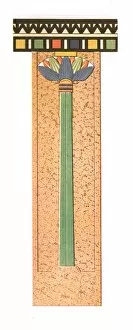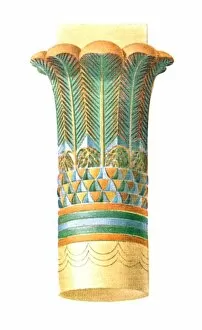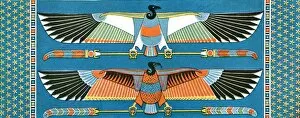Davennes Emile Prisse Collection
"Davennes Emile Prisse: Unveiling the Ancient Egyptian Treasures" Step back in time to Luxor, Egypt, as we explore the captivating world of Davennes Emile Prisse
All Professionally Made to Order for Quick Shipping
"Davennes Emile Prisse: Unveiling the Ancient Egyptian Treasures" Step back in time to Luxor, Egypt, as we explore the captivating world of Davennes Emile Prisse. In this column from 1928, a mysterious creator transports us to the Ptolemaic capital of Edfu. The intricate details and exquisite craftsmanship leave us in awe. Journeying further into history, we arrive at Karnak, where another enigmatic creator presents a mesmerizing column. Its grandeur and majesty speak volumes about the ancient civilization that once thrived here. As we venture to Thebes, Egypt's Bouquet capital beckons us with its timeless beauty. This relic from 1928 reveals an artistic finesse that has stood the test of time. Philae welcomes us with open arms as we encounter a Ptolemaic-Roman capital. Crafted by an unknown genius, it showcases a harmonious blend of two great civilizations. Karnak continues to amaze with yet another remarkable creation – a magnificent capital that stands tall amidst ruins. Its presence evokes wonder and admiration for those who built it centuries ago. Zawijet el Metin unveils its secrets through an anonymous artist's column. It serves as a reminder of the architectural marvels scattered across Egypt's vast landscape. Philae enchants once more with its captivating capital from 1928 – evidence of an era long gone but not forgotten. Each stroke tells stories untold, waiting patiently for curious minds like ours to unravel them. The Amun-Re Temple at Karnak holds within it a pilaster from Amenophis III's reign – an artifact shrouded in mystery but exuding power and significance nonetheless. Delving deeper into Egyptian culture, we discover breathtaking ceiling paintings adorning Aichesi's tomb in Thebes. These delicate brushstrokes bring life to ancient tales etched on the walls.













